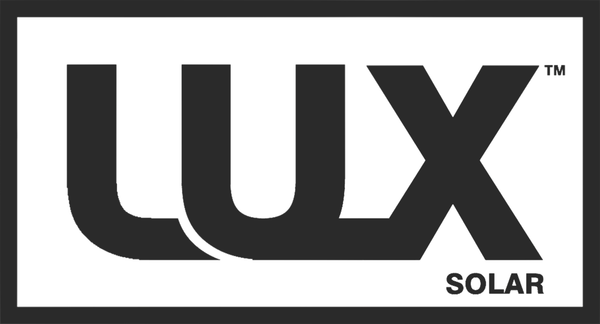
Is this a 12 or 24-volt Solar Panel?
Some customers ask whether our panels are "12V" or "24V." The truth is, panels are not inherently tied to these battery voltage classifications.
No Such Thing as a Strict "12V" or "24V" Solar Panel
Some companies label panels as 12V, 24V, or 48V for convenience. However, this naming convention is more about what they are commonly paired with (e.g., battery types), rather than the actual characteristics of the panel.
For instance, panels with a Voltage at Maximum Power Point (Vmpp) of around 18V are often referred to as 12V panels because they are suited to charge 12V battery systems when paired with a Pulse Width Modulation (PWM) controller. Similarly, a "24V panel" might have a Vmpp closer to 36V. These are just approximations, and the voltage requirements of your setup play a bigger role.
Role of the Charge Controller (PWM vs. MPPT)
- PWM Controllers: These connect the panel directly to the battery, effectively locking the panel voltage to the battery voltage. This makes the panel's nominal voltage more critical, and you would match "12V panels" to 12V batteries or "24V panels" to 24V batteries. However, PWM controllers are less efficient and should generally be avoided.
- MPPT Controllers: Modern Maximum Power Point Tracking (MPPT) controllers are highly efficient and allow much greater flexibility. An MPPT controller adjusts the panel's output voltage to match the battery's needs, so your system configuration can accommodate almost any solar panel voltage (as long as it stays within the controller's operating range). For instance:
- A "39V panel" could charge a 12V or 24V battery bank with an appropriate MPPT controller, provided the voltage at open circuit (Voc) and operating voltage don’t exceed the controller's input limits.
Key Panel Voltage Metrics
- Voc (Open Circuit Voltage): This is the voltage the panel produces under no load (e.g., no battery attached). It’s essential to ensure that the controller can handle the total combined Voc of connected panels, particularly during cold temperatures when Voc rises.
- Vmpp (Voltage at Maximum Power Point): This is the optimal operating voltage when the panel is producing maximum power under load. For proper MPPT function, Vmpp generally needs to be at least 5V above the battery voltage (depending on the controller – for example, Victron Energy controllers specify 1V).
Takeaway: Focus on the System, Not the Panel Voltage
Instead of asking if a panel is 12V or 24V, consider:
- The battery voltage of your system (12V, 24V, or higher).
- The specifications of your charge controller:
- Does it support the panel's Voc and total input voltage in series?
- Is it MPPT or PWM? Remember, MPPT is far superior for most applications.
- Ensure the panel's voltage exceeds the battery's voltage by an appropriate margin for charging (typically at least +5V).
In essence, any panel with sufficient voltage (and within controller limits) can charge a 12V or 24V system with the right MPPT charge controller.
Our AnyKit™ Solar Calculation Software does it all for you!
It uses solar panel parameters to calculate a compatible solar system, including the right charge controller. Simply enter your system voltage and choose what solar panels fit on your roof.
